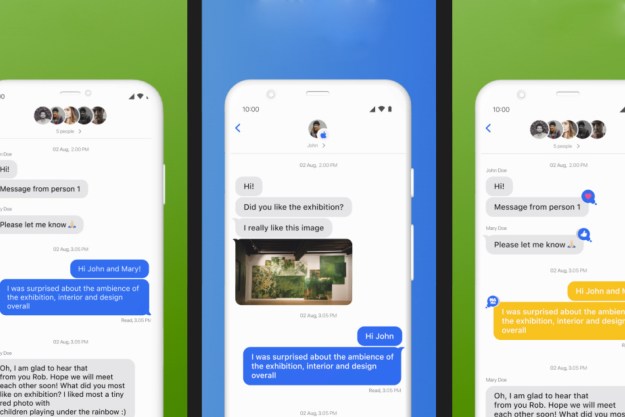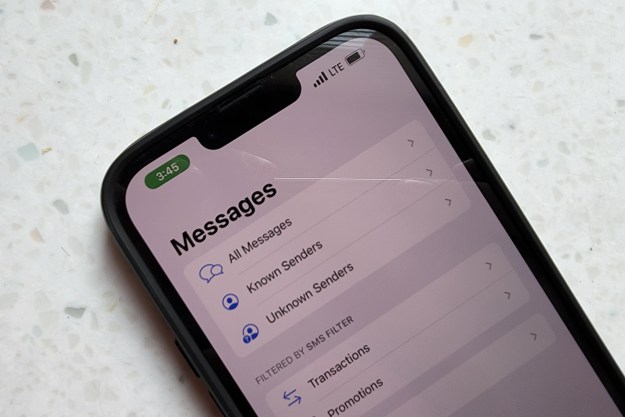
The patent, which was filed in 2011, describes a mobile app, web page, or application programming interface (API) that offers the ability to craft a 2D or 3D avatar, reports MacRumors. The tool would allow users to manually or automatically craft their digital likeness by editing facial and fashion characteristics. In the vein of Bitmoji, the avatars look cartoonish rather than “real” in the illustrations Apple has provided.
Users will be able to apply their digital version to Apple’s applications, such as iMessage, FaceTime, and Mail, among others. Additionally, the API could allow developers to implement the avatars into social networks and online games.
The granting of the patent by the U.S. Patent and Trademark Office comes at a time when Bitmoji is witnessing a surge in popularity. The Snap-owned app is currently sitting atop the iOS App Store chart and in seventh place on the Google Play Store, likely due to its parent company’s efforts to further integrate it with its flagship platform, Snapchat.
Earlier this month, Snap had us scratching our heads when it cited Apple as a competitor in its S-1 filing for its initial public offering. In light of this patent, however, the similarities are beginning to become much clearer, especially in regards to iMessage.
Reports of Snap’s quiet acquisition of Bitmoji-maker Bitstrips first appeared in March 2016. Since then the app has gradually become a bigger part of the Snapchat experience, particularly in regard to user profiles and chat interactions.
However, there are some major differences between Apple’s concept and the current version of Bitmoji. First, the Apple avatar editor would boast actual animated creations that can be set to perform actions on certain platforms. Apple uses an example pertaining to iMessage to describe this function, claiming that when a user is waiting for a response to a text the avatar can be animated to tap its foot or fall asleep.
Even more impressive are Apple’s plans for avatars in FaceTime, where they could represent each user on a video call. The respective characters can then be controlled to track each other’s movements using their eyes, head, and body.
Whether the patent ever makes the leap to a fully formed product is hard to predict, seeing as many concepts never see the light of day. But with Apple CEO Tim Cook recently touting the potential of augmented reality as tech that could one day rival the appeal of the smartphone, it’s easy to see how avatars could fit into that future.
If Apple ever does end up releasing an AR hardware device (as rumors suggest), the avatar could be one way for users to socially interact with one another — a bit like what Facebook has in store for Oculus VR. But there’s a reason why AR is still referred to as emerging tech, and Cook has admitted there’s a lot of work to be done before it’s ready to go mainstream.
Editors' Recommendations
- Everything you need to know about the massive Apple App Store outage
- 7 hidden iMessage features you need to be using
- This app put iMessage on my Android phone — and it blew me away
- Why RCS for the iPhone is Apple’s biggest announcement of 2023
- One of our favorite Android phones just got its own iMessage app





